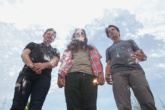June 24, 2018
Charlotte is not necessarily known for preserving its historic buildings. It is a city that seems to perpetually think about tomorrow and the changes that will come with it, with little regard for the reminders of its past. The loss of a cherished old structure is often lamented with cries of “Charlotte loves to tear down its history,” but this is certainly not a recent trend. In fact, the loss of a historic place here used to be a little more public and certainly more dramatic.
On November 6, 1988 at 4:20 p.m., a crowd of thousands watched as the regal Hotel Charlotte, once the city’s finest destination for visitors since the 1920s, was blasted into dust by 250 lbs of explosives in 8.5 seconds. Right before it came down, magician David Copperfield “appeared out of thin air” outside and sprinted heroically into a waiting van; he had supposedly been locked in a chained vault inside the building, as part of filming for his special The Magic of David Copperfield XI: The Explosive Encounter. There’s video footage of this out there, and it’s pretty goofy.
![]()
The late 1980s were the beginning of the end for much of Charlotte’s storied history, as the Independence Building on the square and the impressive Masonic Temple on South Tryon had come down in the years previous. For many onlookers on that day in 1988, the crumbling of the stately hotel was just another reminder that the city they loved was becoming unrecognizable to them.
The Hotel Charlotte opened downtown in 1924, and was the brainchild of the Charlotte Chamber of Commerce and a group of local financiers who felt that the city lacked a high-class signature hotel for visiting businessmen. The twelve-story building sat at the corner of Poplar and West Trade Street and was designed by nationally renowned architect W.L. Stoddart, who gave it an impressive marbled lobby and a giant mirrored ballroom. The ornamented exterior celebrated Charlotte’s role in the Revolution, with torches and hornets’ nests surrounding the date “1775” for the rumored birth of the Mecklenburg Declaration of Independence. Bellhops with gleaming red, black, and gold uniforms served prosperous guests lounging in the lobby, as a huge painting of Queen Charlotte loomed over the scene. This hotel was, in the minds of Charlotte’s economic leadership, the key to future growth and advancement in the city as it sought to groom itself as the “Wall Street of the South.”
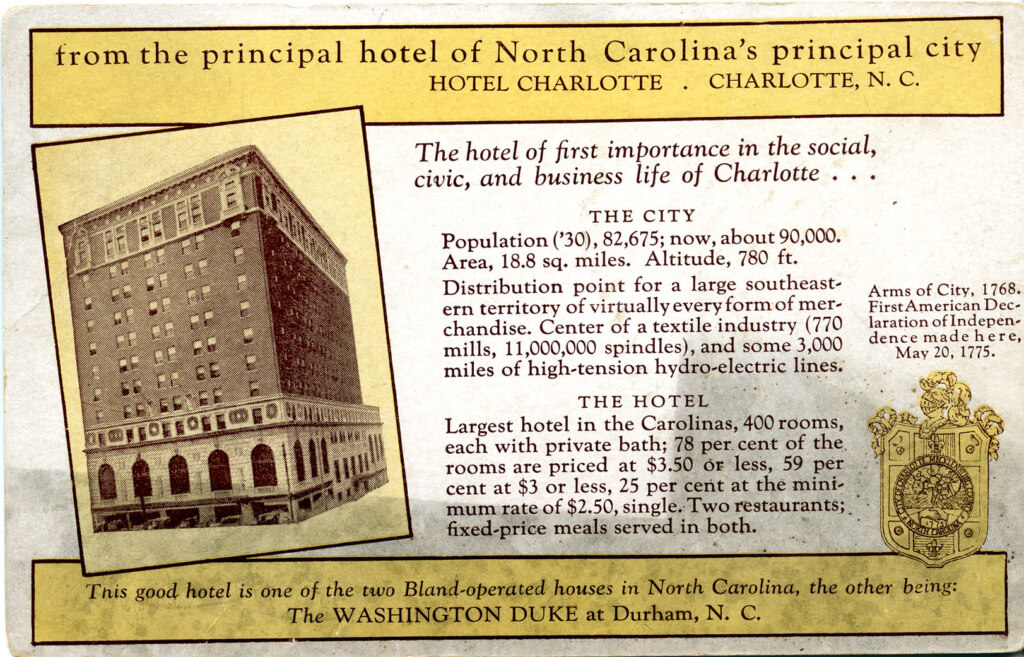
Indeed by the 1930s the Hotel Charlotte sat amid a boom in downtown development and had become the largest and grandest hotel in the Carolinas, holding 400 guests. In 1936, Franklin Roosevelt visited Charlotte for a “Green Pastures” rally to dedicate Memorial Stadium (completed by Roosevelt’s WPA) and promote his reelection campaign, and stayed at the hotel with his wife Eleanor. He would be the first of four presidents to stay there, along with Dwight Eisenhower, Lyndon Johnson, and Richard Nixon. Other visitors included Jack Dempsey and Joan Crawford, and Tommy Dorsey and Guy Lombardo played with their orchestras in the grand ballroom. The New York Yankees, including Babe Ruth and Lou Gehrig, were in town in April 1931 to play an exhibition game with the Charlotte Hornets minor league baseball club and stayed at the hotel. A Mrs. Lazenby who worked there recalled that the team reps kept coming to the kitchen to request additional food for Ruth. After inquiring whether they were feeding an elephant up there, she was informed that the Bambino liked her biscuits so much that he wanted to trade a signed baseball for a plate of them. “I’d never seen a man eat that much in my life,” she said.
While on tour at the nearby Carolina Theatre in 1956, Elvis Presley stayed in a three-room corner suite in the hotel right before he was about to crash into the big time. By the end of the decade, Charlotte was a major pre-Nashville recording center for country, blues, and gospel music; hundreds of recordings were made in a suite of rooms on the tenth floor of the Hotel Charlotte by RCA Victor Records. Artists like Roy Acuff, the Monroe Brothers, the Carter Family, and the Golden Gate Quartet, attracted to Charlotte by the clear signal of pioneer radio station WBT, recorded on the tenth floor.
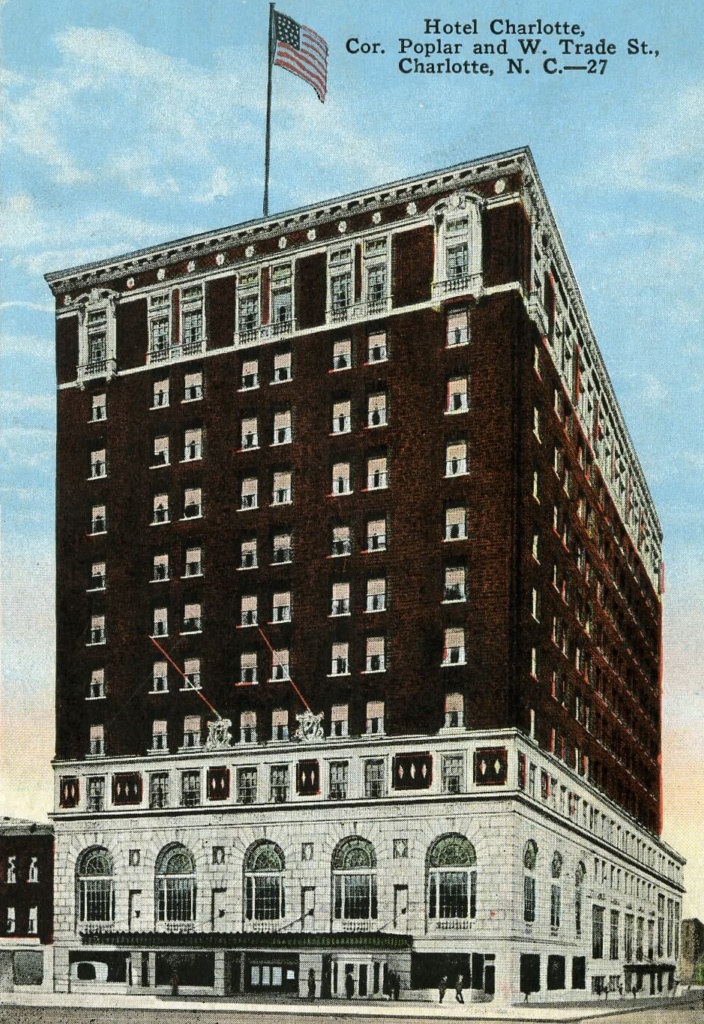
Despite how proud it was to host such luminaries of the time, the real bread and butter for the Hotel Charlotte were the traveling businessmen and conventioneers who slept there regularly. Manufacturers’ reps and salesmen of the time would check in for a week and host their buyers in their rooms, and the hotel was advertised as “more than a place where strangers are always congregating to eat and sleep and live in a temporary home.” From Italian counts to average Joes the phrase “I’m staying at the Charlotte” was a defining statement for the time.
The Hotel Charlotte remained the city’s most exclusive hotel into the 1960s, when it began suffering a decline in business due to the rise of motels and motor inns with parking towers. Large elegant buildings like the hotel quickly fell out of fashion as Charlotteans, like all Americans, began to abandon downtown areas to relocate to the suburbs. Salesmen who would previously stay there all week began to come to their buyers instead or stayed near the airport. The hotel held on amidst rapidly declining occupancy, becoming the Queen Charlotte Hotel in 1961 and later the White House Inn before it ultimately closed for good in 1973. Despite being added to the National Register of Historic Places in 1979 and becoming a Charlotte-Mecklenburg Historic Landmark in 1984, its fate was ultimately sealed by its obsolescence.
Before the wrecking ball even touched it, the Observer reported, “kids and vagrants” had wrecked the marble lobby and stripped the bathrooms of their copper plumbing fixtures. During its last years it became a haven for the homeless and, if some local rumors were to be believed, even devil worshippers. After its destruction much of its decadent interior, including the solid mahogany bar and the cherry valet doors, ended up in the Hotel Charlotte restaurant on Sharon Amity, which opened in the 1980s and intended to capture the glamour of the speakeasy era.

The site of the Hotel Charlotte at 237 West Trade is now occupied by the Carillon Tower, a high-rise office building that was completed in 1991. The only reminder of the hotel is inside, where a motorized kinetic art sculpture incorporates the ornate lion’s head carving that once adorned the front facade.
The story of the Hotel Charlotte is a reminder that things change, and that beautiful and special things are often left behind. Charlotte doesn’t seem to have gotten kinder to the relics of its historic past, and today the city is evolving during another era of dramatic change and repositioning.
View this post on Instagram
Research materials:
Historic Landmarks Commission Survey and Research Report on the Historic Hotel Charlotte.
Tom Hanchett, Recording in Charlotte 1926-1945, History South.
Charlotte Observer archives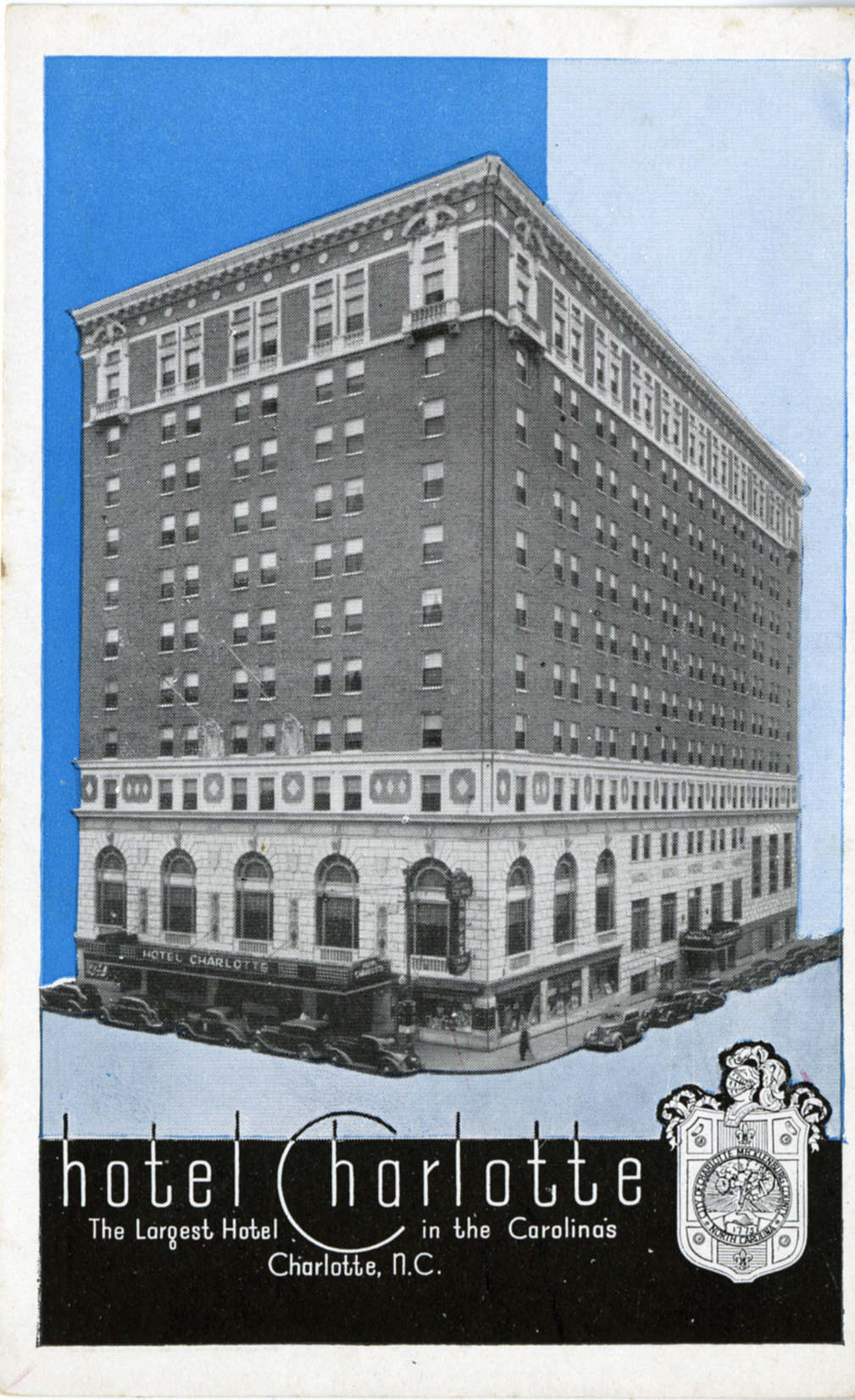
Photos courtesy of:
Special Collections, University of North Carolina at Charlotte
Robinson-Spangler Carolina Room, Public Library of Charlotte and Mecklenburg County.
Read next:
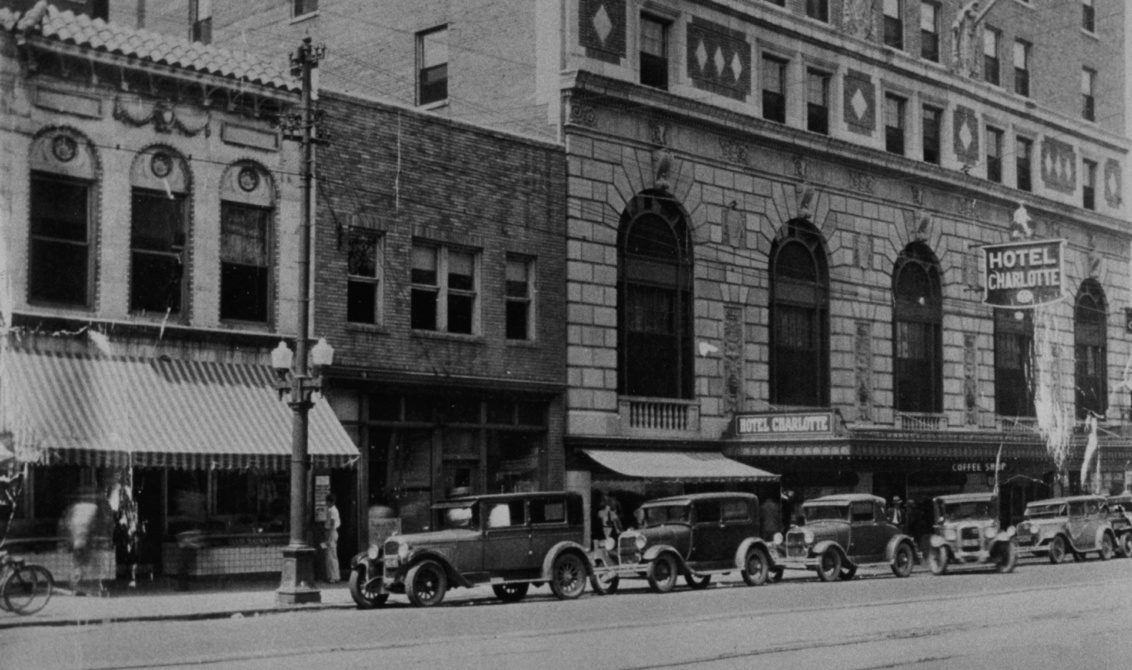
 By
By 

